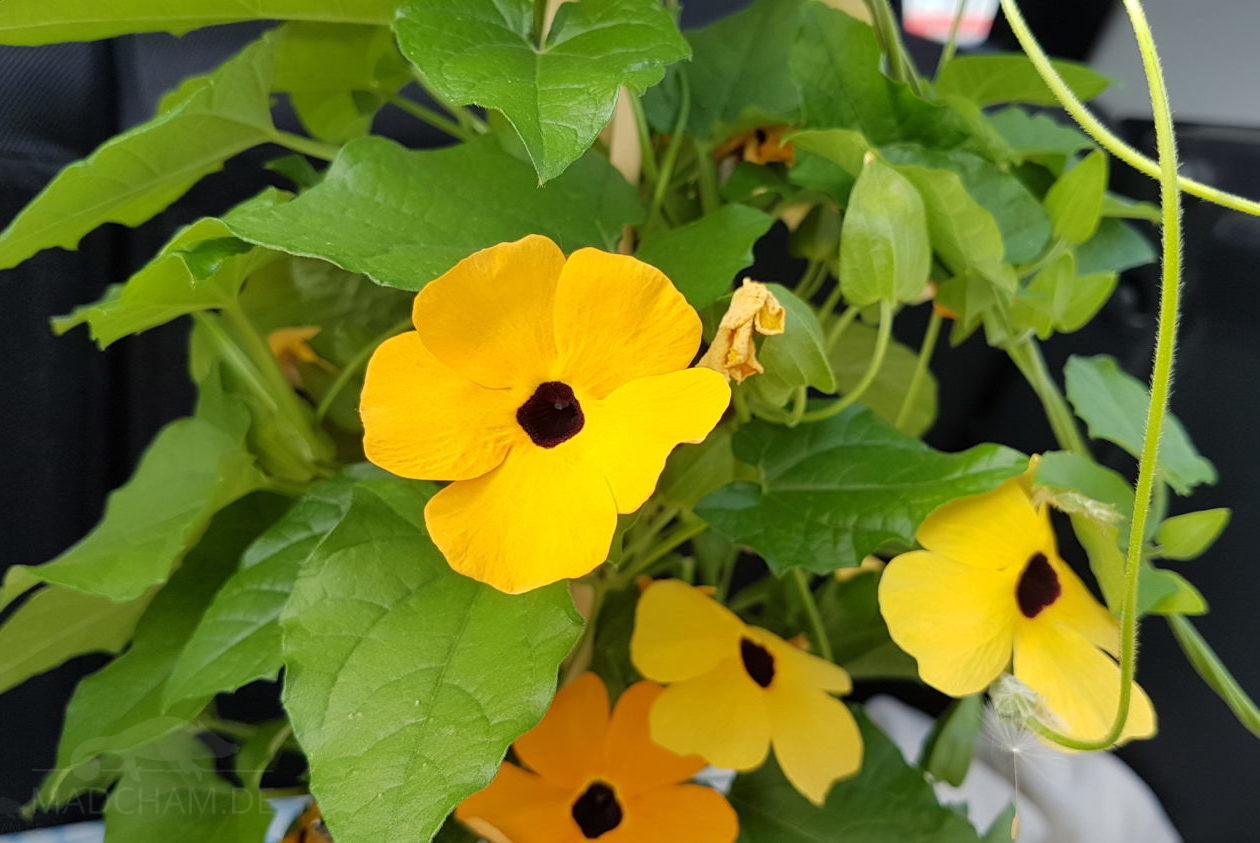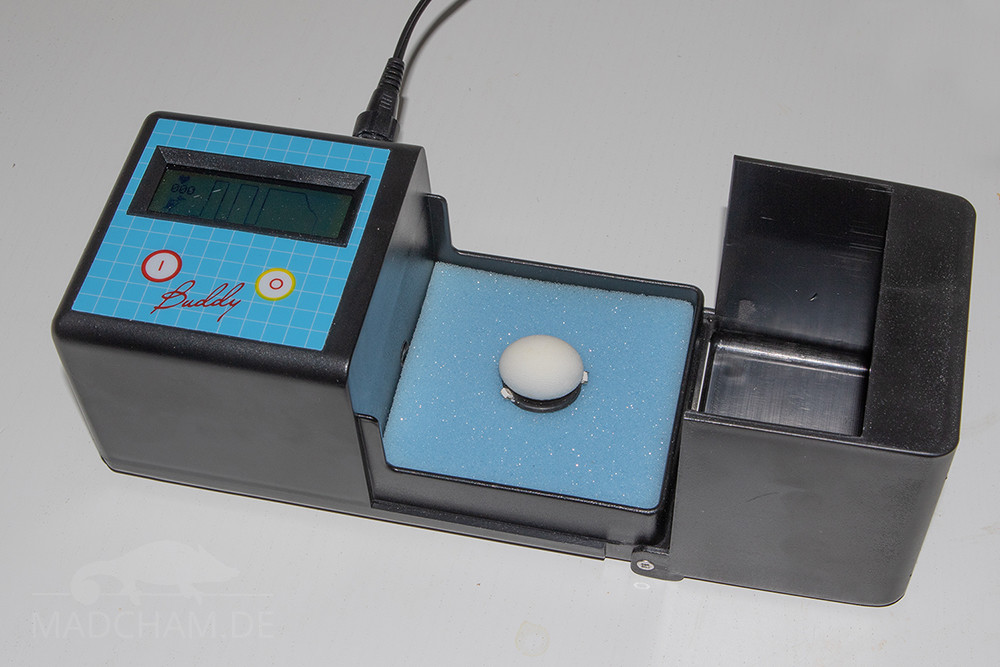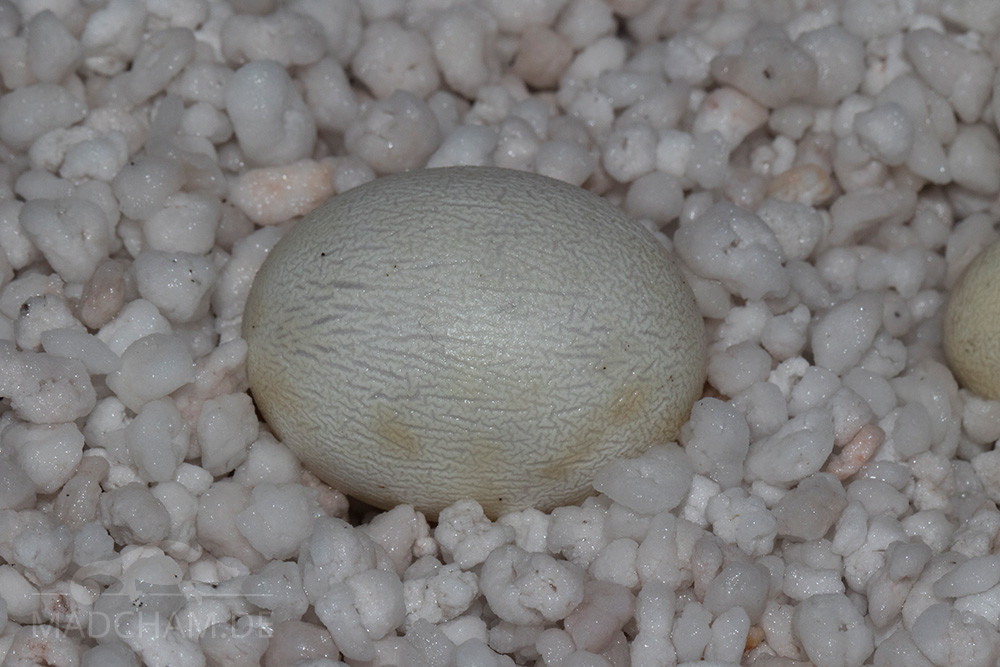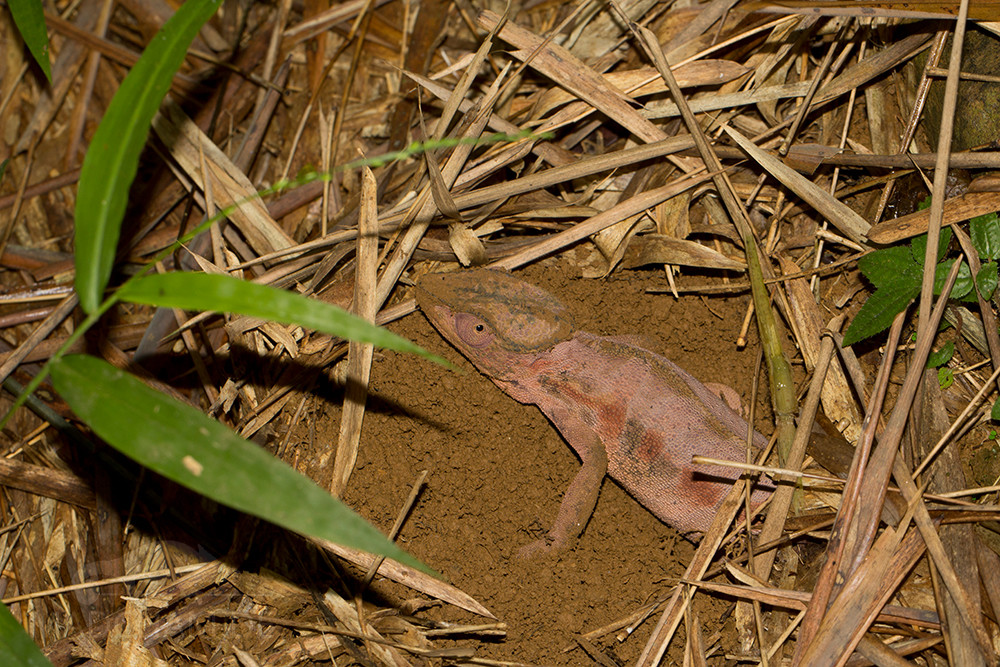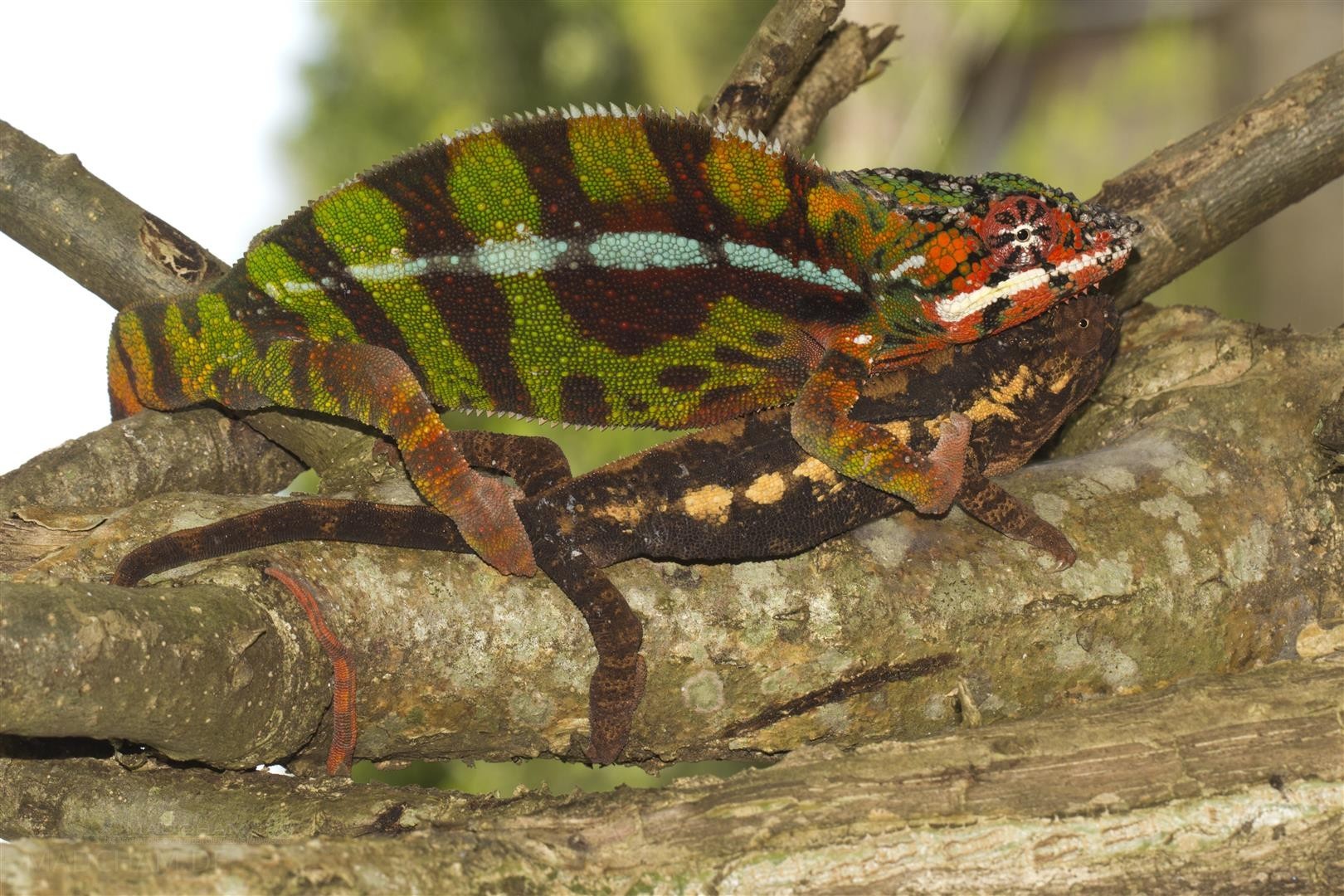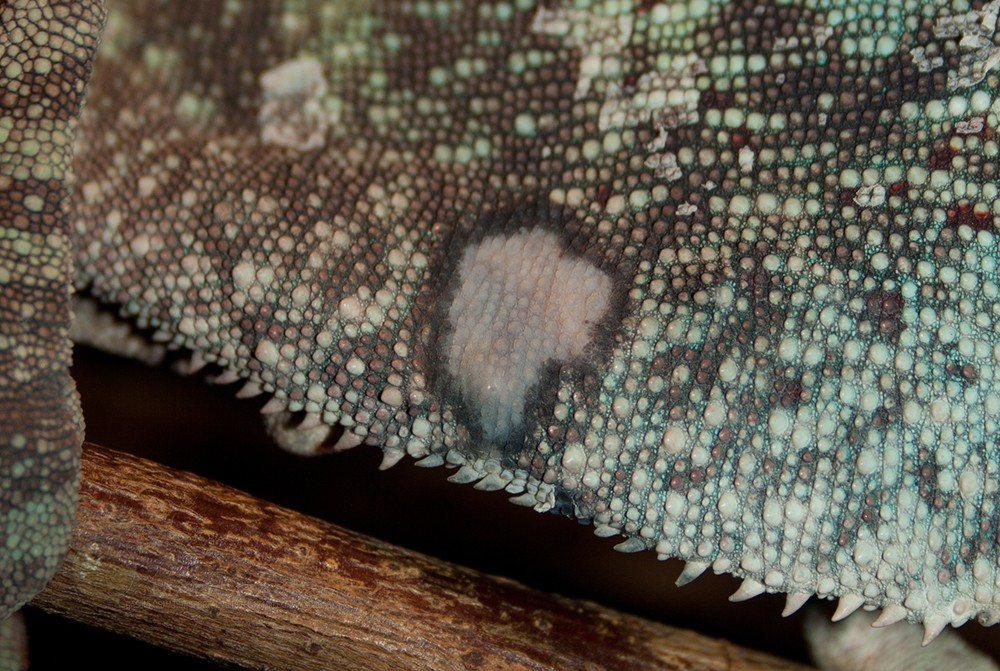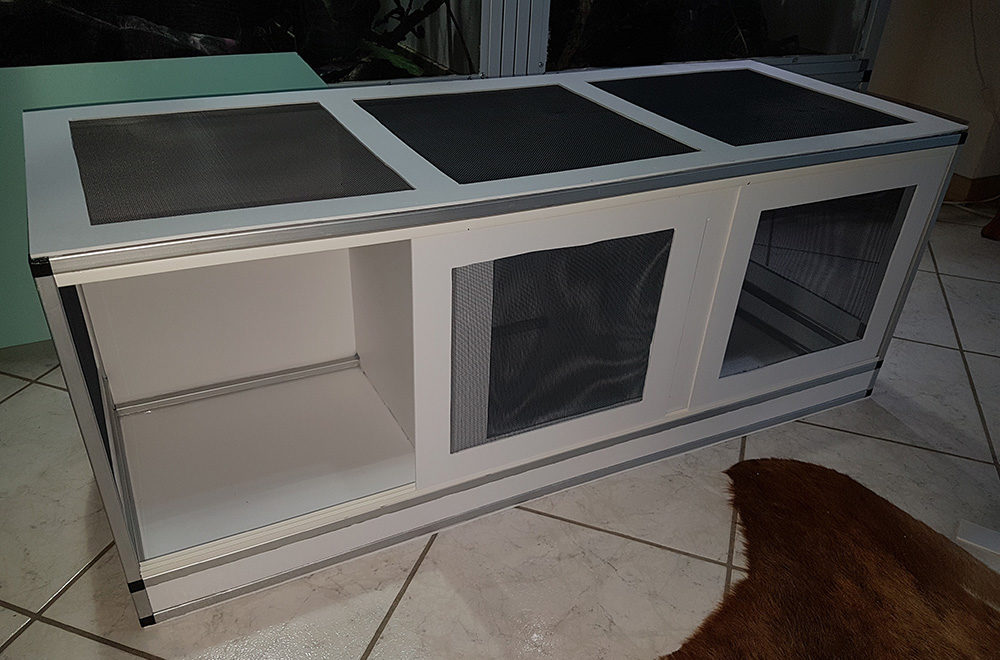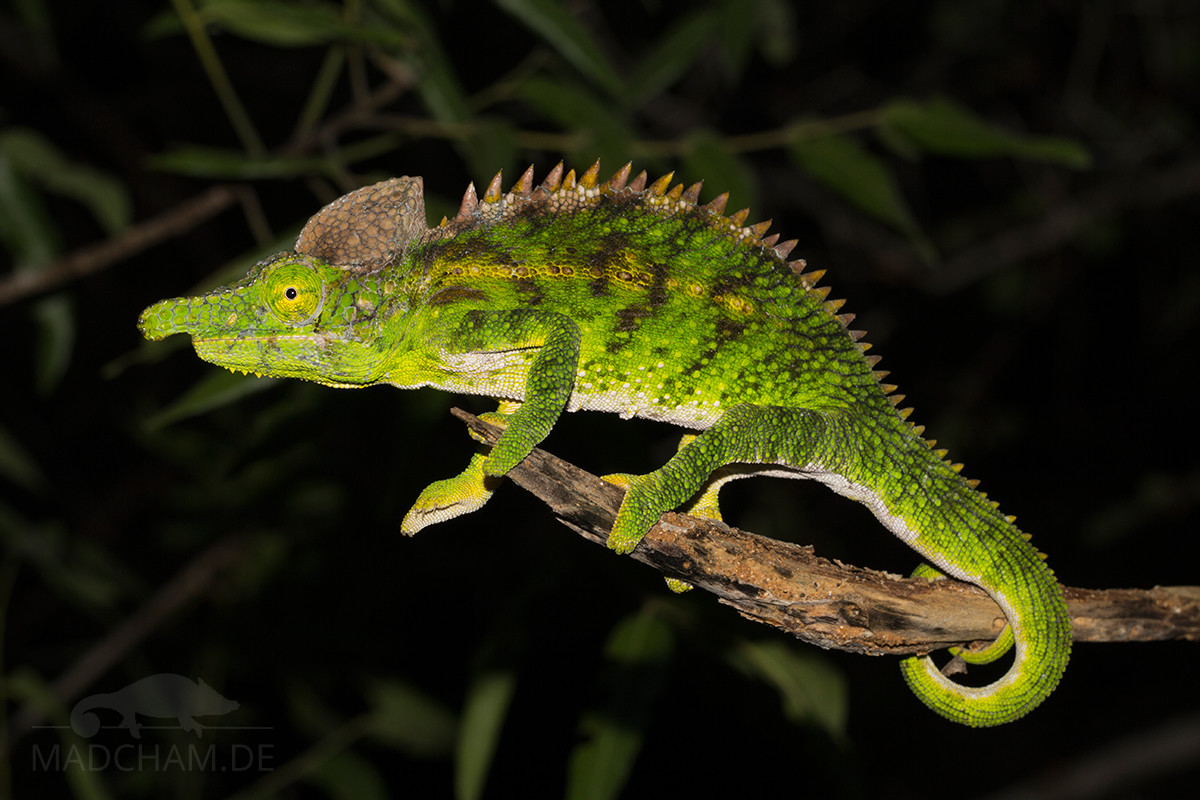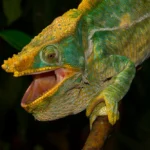Privacy policy
Privacy Policy We are very delighted that you have shown interest in Madcham.de. Data protection is of a particularly high priority for the management of Madcham.de. The use of the Internet pages of Madcham.de...
Plants for the cage
Here we have compiled an alphabetic list of plants that are suitable for various chameleon terrariums. However, some of them contain potentially toxic substances, so these should not be used for those chameleons that...
Hatching
Hatching Chameleon keepers still discuss what provokes a clutch to hatch simultaneously. Changes in barometric pressure as it is the case with beginning, on-going precipitation may play a role. Depending on the species, a...
Using an Egg Monitor
With an egg monitor, the pulse of an embryo still in the egg can be measured during incubation. Originally the Egg Monitor was developed for bird eggs. Most chameleon eggs are significantly smaller than...
Incubation of eggs
Successful breeding of a chameleon species is the goal of many engaged chameleon keepers. Only those who breeds chameleons can help a species survive and last in captivity. Additionally, captive-bred chameleons decrease the demand...
Gravidity and egg deposition
Gravidity A successful mating between female and male of a chameleon species is followed by gravidity. Right after mating, the female usually does not want to be with the male anymore. In Madagascar, mating...
The mating
Keepers who have been in the hobby for years usually like to have offspring from the chameleon species they’ve been keeping. Breeding does not only ensure the existence of a species in captivity but...
Burnings
How does burning occur? A burning is a damage of the skin through high heat exposure or short-waved UVB rays. Both damages skin tissue which leads to a locally limited inflammation. As long as...
Construction manual for an offspring cage
This construction manual is from our own cages and designed for Calumma parsonii parsonii offspring. We planned and built them by ourselves. We assume no liability for mistakes in lengths or sizes. 😉 In...
Furcifer antimena
First description: (Grandidier, 1872) Origin of the species name: The French naturalist Alfred Grandidier visited Madagascar three times between 1865 and 1868, traveling almost the entire island and producing one of the first maps...

